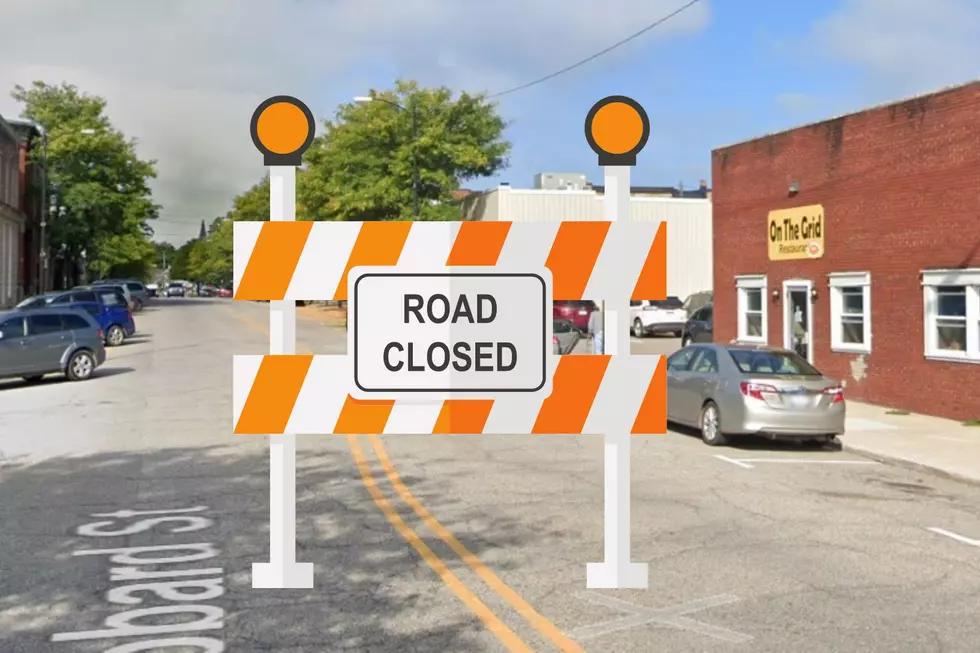
How To Protect Your Car From Michigan Potholes
With this crazy winter weather, our Michigan roads are literally falling apart.
If you have not seen a pothole yet or hit one recently, consider yourself lucky! Michigan is experiencing a pothole epidemic and relief seems far off...
Freep.com spoke with the Department of Transportation and they explained how potholes occur on Michigan roadways (everywhere really)...
Potholes occur when snow and ice melt as part of Michigan's seasonal freeze-thaw cycles. The resulting water then seeps beneath the pavement through cracks caused by the wear and tear of traffic. As the temperatures cool to freezing at night, the water becomes ice and expands below the pavement, forcing the pavement to rise. As the weight of traffic continues to pound on this raised section – and the temperatures once again rise above freezing – a shallow divot occurs under the surface and the pavement breaks, forming a pothole. A pothole is typically fixed by cleaning out the loose debris and filling it with hot and cold asphalt patch.
Everyone seems to have encountered a pothole on a daily basis and now the state is stepping up to save our roadways. The state of Michigan is adding an additional $175 million in road funding for the upcoming construction season (and yes, that is now considered a real season in the mitten state now).
But until that sweet season is upon us (eye roll), what can we do to avoid potholes and keep our vehicles and ourselves safe? Here is what the experts are saying according to Santam.co.za.
How to steer clear of potholes:
- If you can, try to avoid potholes completely by slowing down while carefully swerving, especially if you drive on the same road every day and know where they are situated. Always be on the lookout for new potholes - what was a perfect road last week could be a pothole-ridden drive this week! Make sure to check for oncoming vehicles before you swerve.
- Make sure your tires are properly inflated according to your car manufacturer's recommendation. This will mean an adequate cushion between the road and your tires.
- Be vigilant when the road is wet and keep your eyes open for holes. It can be difficult to spot a water-filled pothole.
- Watch out for sand and grit - this could indicate the presence of a pothole.
- Drive with a clean windshield as your field of vision is critical.
- Follow the lead of other cars: If you see a car swerving for no apparent reason, it may well be to miss a pothole.
- Drive carefully: if there was ever a reason not to speed and to keep a safe following distance, it should be to avoid hitting a pothole or another car braking in front of you.
- Always switch on your headlights when driving in bad weather.
- Avoid driving on gravel roads, especially at night.
You've hit a pothole - now what?
- Don't brake too hard because you will force the weight of your car forward and into the pothole, causing even more damage.
- Pull over in a safe spot and do a proper visual inspection of your car, especially the wheels and tires.
- If possible, take a photo of the pothole and make a note of where it is.
- Make sure you are adequately insured for this kind of damage.
- Report potholes to the authorities: Depending on whether you were driving on a municipal or national road, you may be able to submit a claim for damages (but don't hold your breath). National roads are identified as N1, N2 etc and are the responsibility of the South African National Roads Agency (SANRAL). Municipal roads fall under the authority of the various municipal districts or the Department of Public Works where those roads are located.
- Keep all receipts from damage repair to support your insurance claim.
Be safe on the bumpy roads, and let us know if you discover a larger then normal pothole!
BONUS VIDEO
Heather McGregor Has A Fear Of Parallel Parking In Downtown Kalamazoo
More From WKFR









